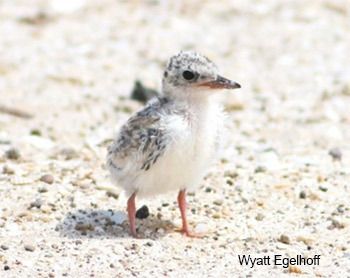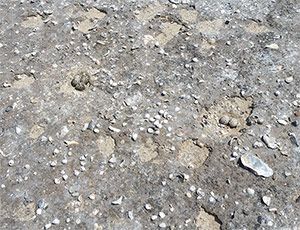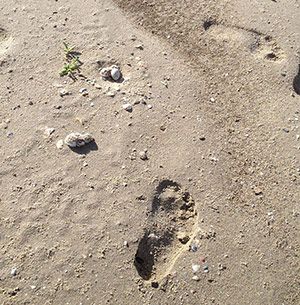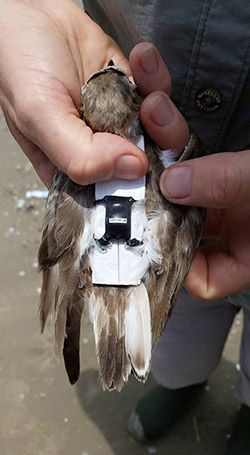Beach-nesting Birds

The arrival of spring means the return of beach-nesting birds to the Upper Texas Coast. From March through August, fencing is placed around the dunes and beaches where these birds raise their chicks to protect them from disturbance. Houston Audubon, American Bird Conservancy, and other partners work to maintain these fences and monitor our nesting birds. The fencing doesn't restrict recreational access to the beach itself, but serves as a reminder to give ample space for the diverse wildlife we are fortunate to share our stretch of coast with.
Walk in the Wet Sand!

Disturbance from humans, dogs, and vehicles at nesting sites are a serious threat to beach-nesting birds. They nest on the ground, relying on camouflage to avoid predators. This makes their eggs and chicks highly vulnerable to weather and/or predators if the parents are flushed from the nest. Many nests are also unknowingly run over or stepped on by beach-goers. Disturbance often leads to the abandonment of a nesting sites over time. Fencing is placed to protect key nesting areas on the Bolivar Peninsula, but it is worth watching for nesting birds wherever you may be enjoying time on the beach. One of the best ways to protect our nesting birds is to walk in the wet sand near the surf during the summer months (Memorial Day to Labor Day). Baby birds and eggs blend in perfectly with the dry sand, so staying in the wet sand will help you avoid accidentally stepping on any nests.
Learn More
Contact
-
For questions or concerns about a specific site.
Click on photos for a larger view.








